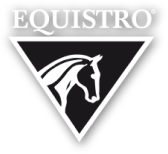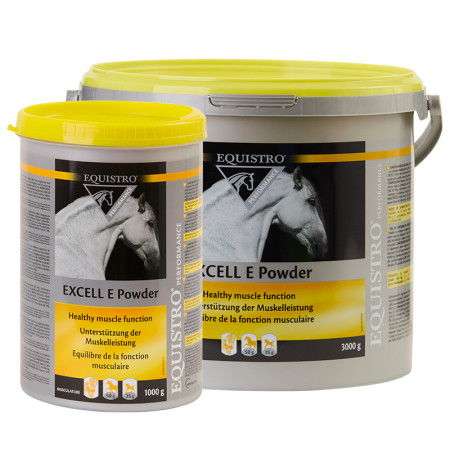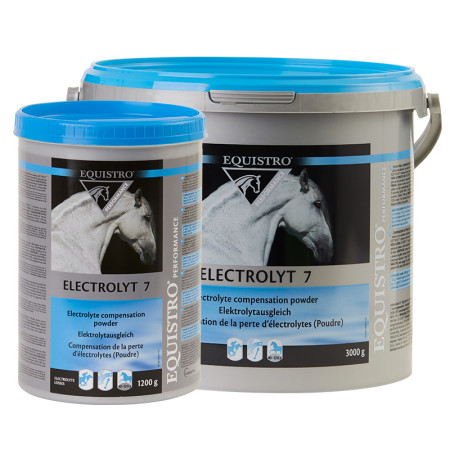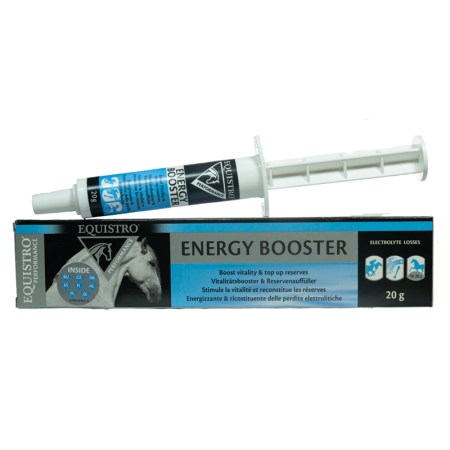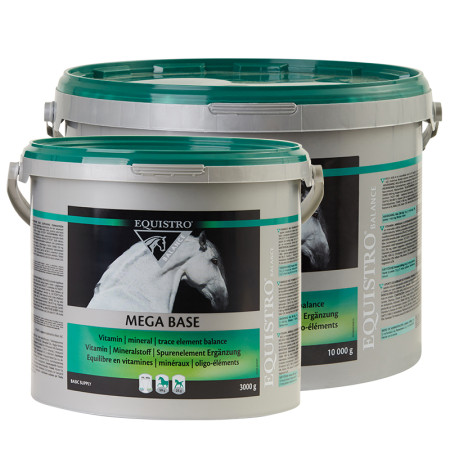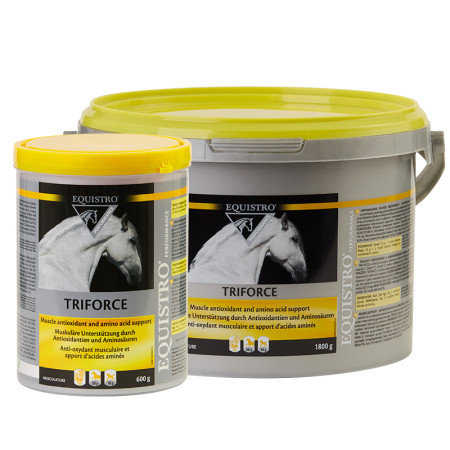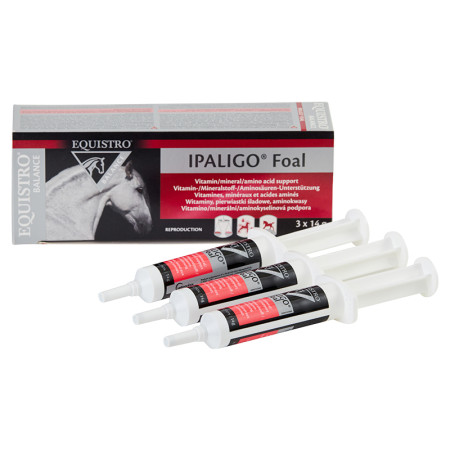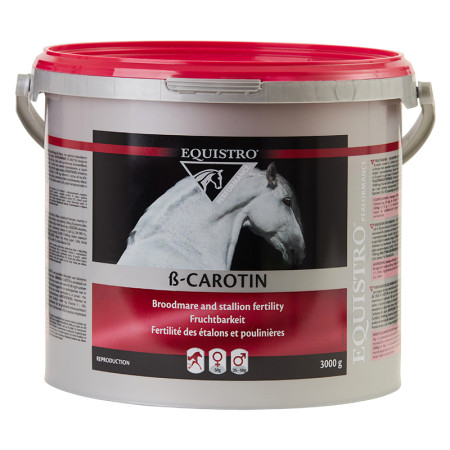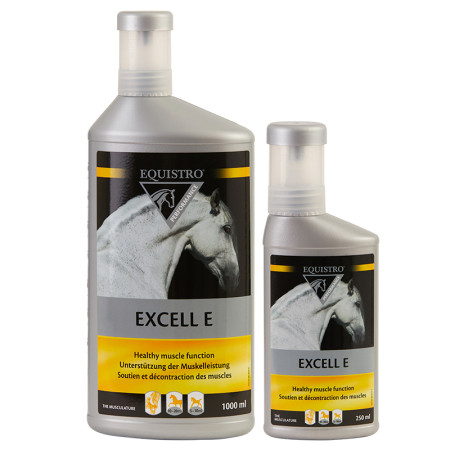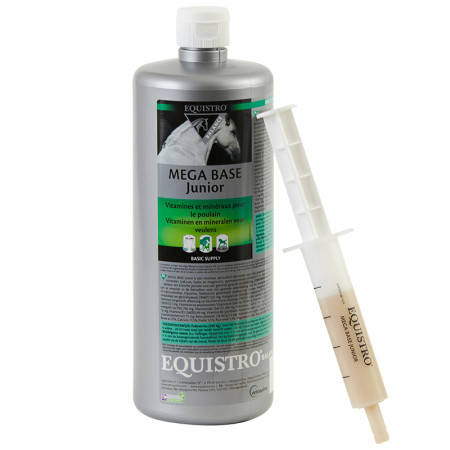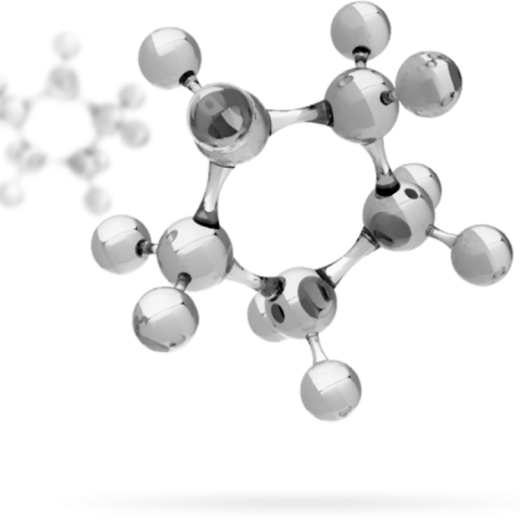
Vitamin E
Sources
Fresh green forage, germinating cereal grain, vegetables such as corn and soya, and plant based oils (e.g., rapeseed oil) naturally contain high amounts of α-tocopherol, the most biologically active form of vitamin E.
Daily Requirements
The vitamin E requirement is given as 100mg/100kg body weight.
In pregnant and lactating mares, the requirement increases to up to 200mg/100kg body weight.
The vitamin E requirement for high-performance horses (endurance, horse racing) can increase to values of up to 400mg/100kg body weight.
Deficiency
The horse's vitamin E supply is usually sufficient on pasture or when fed fresh grass.
During the stable period, the supply of vitamin E may not be sufficient, especially if old, overstocked hay is fed.
Reproductive failure, nutritional “muscular dystrophy”, reduced performance under exercise, steatitis, haemolytic anaemia, and neurological and immunological abnormalities can result in a deficiency of vitamin E.
Excess
Although an excess of vitamin E is not very common in horses, as a fat-sluable vitamin, vitamin E can accumulate in adipose tissue. Too high amouns of vitamin E can lead to reduced performance and growth, hyperphosphotaemia (low phosphorus), weight loss, anorexia, recumbency and debilitation.
Important to know
- The most biologically active tocopherol is α-tocopherol, but there are eight different forms of the base molecule
- Vitamin E is absorbed in the small intestine and accumulates in cell membranes, adipose tissue and circulating lipoproteins
- Mares pasturing low selenium and vitamin E grass can give birth to foals suffering from myodegeneration (muscle disease)
